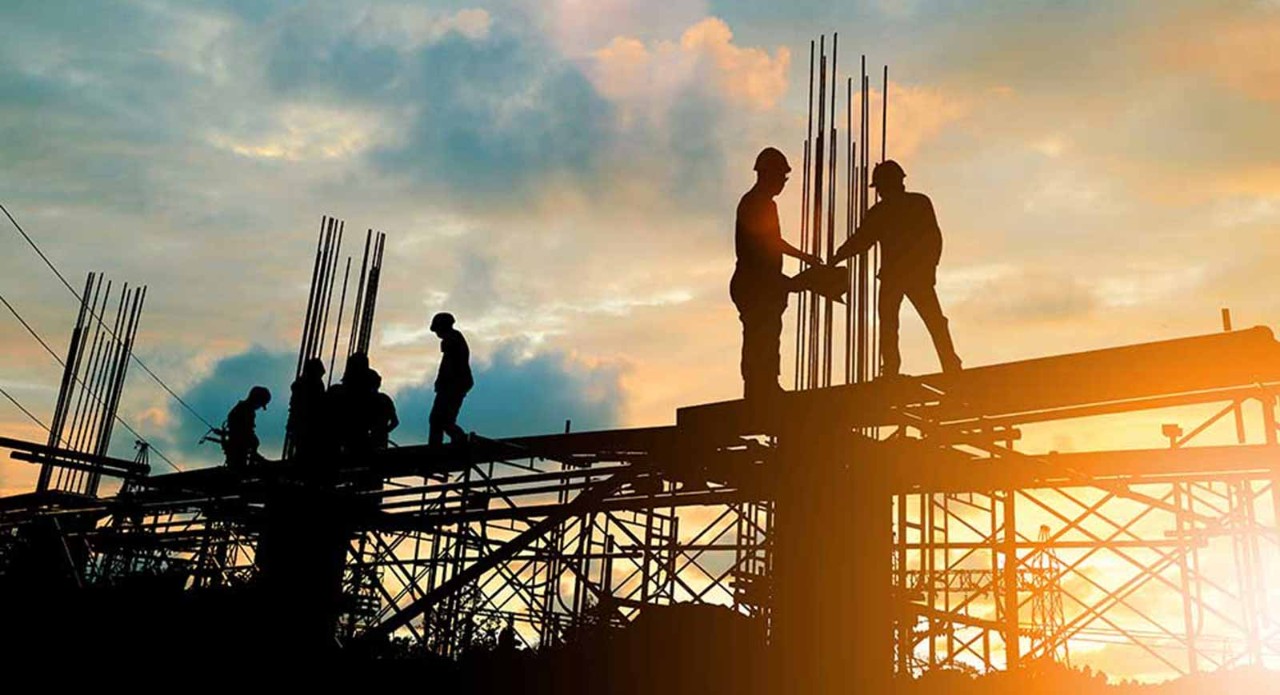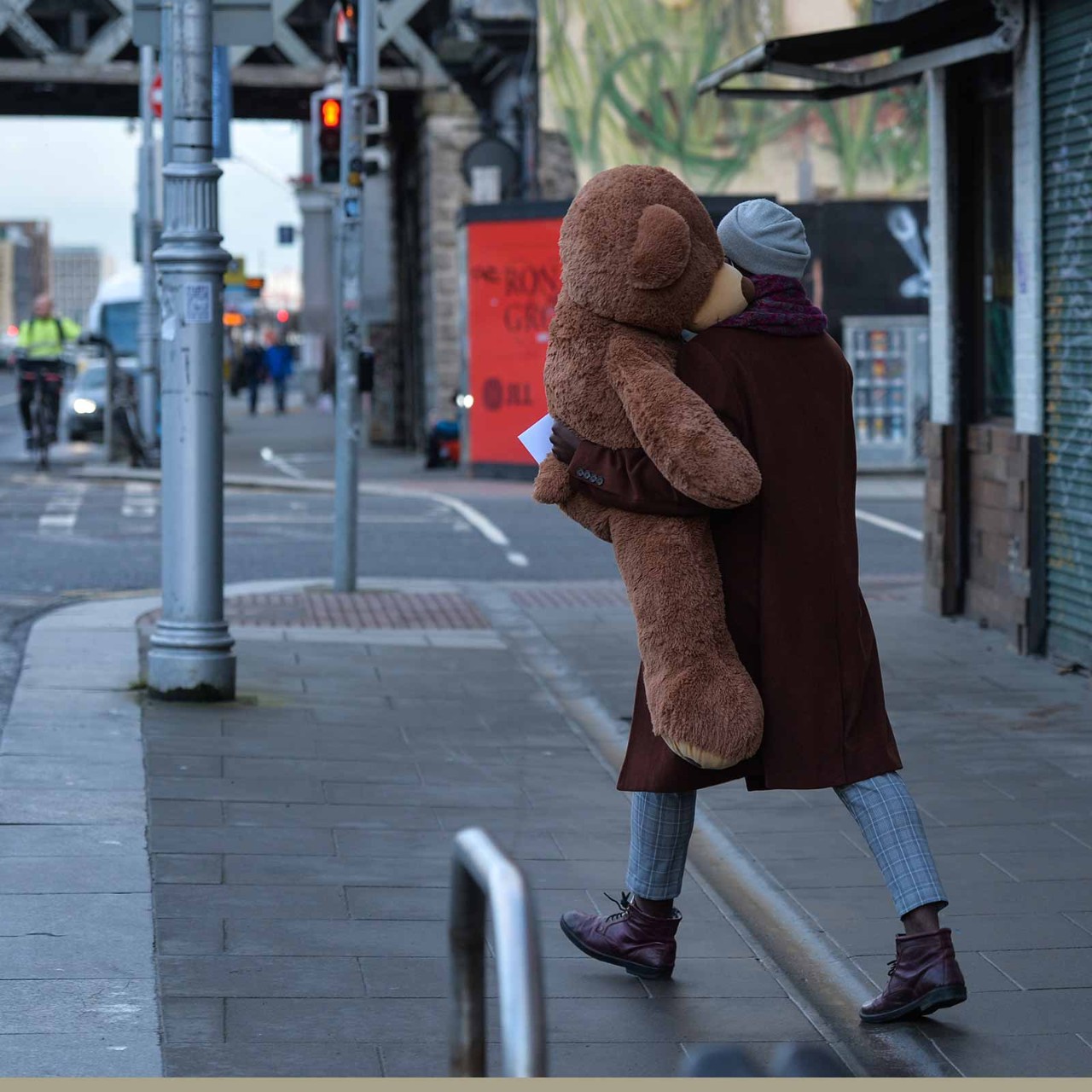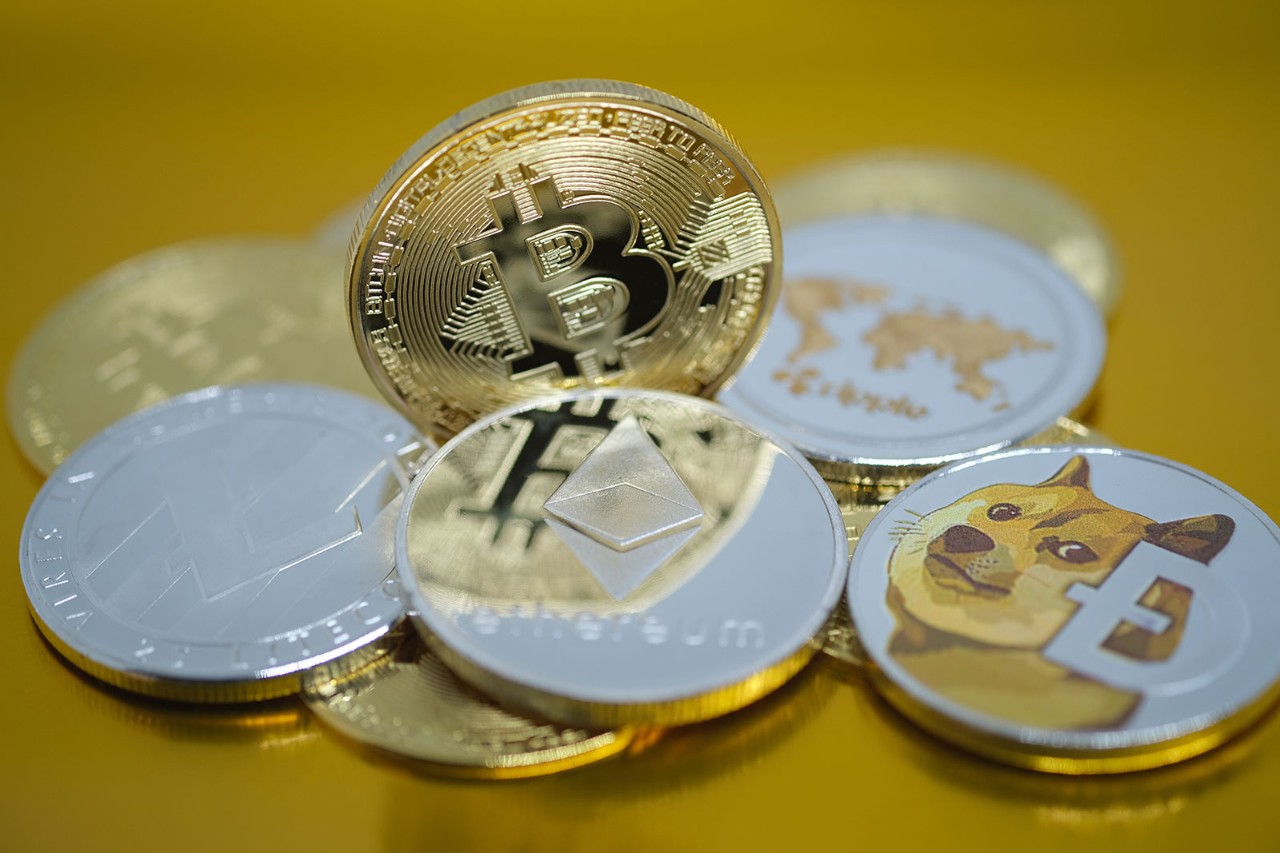
An outcome of the 37th ASEAN Summit in Vietnam in November that most people will likely remember was the signing of the Regional Comprehensive Economic Partnership agreement.
It is understandable that the huge and historic trade pact grabbed the headlines, but the summit had at least one other achievement. The adoption of the ASEAN Comprehensive Recovery Framework (ACRF) and its implementation plan signalled a firm commitment to work together to cut a path through the Covid-19 crisis.
Build back better
ASEAN says the framework and plan serve as ‘the whole-of-community exit strategy to recover and build back better from the pandemic’.
Soon after the June 2021 announcement, HSBC Malaysia expressed support for greater integration and cooperation in dealing with the pandemic’s impact.
In the face of the ravages of Covid-19, ‘build back better’ has become a rallying cry
The bank’s CEO, Stuart Milne, said: ‘As South-East Asia begins to reopen, member countries should not approach economic recovery in isolation. The reason is simple: South-East Asia is always stronger when it acts in a tightly coordinated manner.’
In the face of the ravages of Covid-19, ‘build back better’ has become a rallying cry. As the World Bank explains, it is about ‘achieving resilient, inclusive and sustainable recovery in a world transformed by the coronavirus’.
Skipped a year
For some, it is not so much a transformed world as an upended one.
According to the International Monetary Fund’s World Economic Outlook, published in October 2020, the global economy is expected to contract by 4.4% this year and to rebound by 5.2% next year.
Going by these numbers, global GDP in 2021 will be only 0.6% larger than it was in 2019. It will be almost as if the world economy had skipped 2020.
Of course, the human toll is terrible, too; by the end of January 2021, there had been more than 100 million confirmed cases of Covid-19, and 2.2 million deaths.
ASEAN may have accounted for less than 2% of these figures, but Covid-19 has been equally harsh on the lives and livelihoods of the people in the region.
Global GDP in 2021 will be only 0.6% larger than it was in 2019. It will be almost as if the world economy had skipped 2020
After enjoying average annual growth of 5.3% over the last decade, South-East Asia (including non-ASEAN member East Timor) looks set to have ended 2020 with an economy 4.4% smaller than the start of that year, according to the Asian Development Bank.
What should be done now that Covid-19 has triggered the region’s first economic contraction in 22 years?
Coordination
It is well understood that the way out of Covid-19 cannot be shaped by unilateral moves and economic policy alone.
Given the scale and impact of the pandemic, ASEAN acknowledges that it needs to address the crisis through coordinated actions within the region and cooperation with its partners.
‘While the immediate priority for the region is to overcome the pandemic, ASEAN must concurrently consider its collective and long-term socio-economic recovery strategy,’ the ACRF declares.
This is why the framework articulates the required response through the different stages of recovery, by focusing on key sectors and segments of society that are most affected by the pandemic, setting broad strategies, and identifying measures for recovery in line with sectoral and regional priorities.
The phases of recovery are dubbed the ‘three Rs’: reopening, recovery and resilience.
During the reopening stage in the immediate term, the aim is to assist people and businesses in adapting to the new normal and yet maintain a focus on public health.
The second phase centres on helping sectors or groups most adversely affected by the pandemic, and on areas needed to support recovery. There is also emphasis on boosting demand and consumption, restoring business and investment confidence, the safe reopening of borders, and sending workers and small businesses back to the economy.
The third stage is about building resilience for future crises. This involves tackling fundamental vulnerabilities in economies and societies, working harder on sustainability and resilience issues, and getting to grips with emerging challenges such as digital transformation.
Creative solutions
The ACRF offers this sharp piece of insight: ‘Crucially, part of building back is about reimagining the future of ASEAN.’ That future precludes a return to business as usual.
ASEAN argues that since Covid-19 has irreversibly transformed economies and societies in the region, the responses should be just as transformative. ‘Creative solutions are needed, and this would require a new set of thinking from all stakeholders involved in the recovery process,’ the association says.
A lot of people and organisations have indeed been thinking about the recovery process and what is to come when the pandemic is history.
The World Economic Forum, for example, was quick to publish in May 2020 a collection of essays on the challenges and opportunities in the post-Covid-19 world, covering aspects such as governance, technology, economics, work and management.
In July 2020, the private sector, led by the ASEAN Business Advisory Council, submitted a package of 225 recommendations on how to deal with the pandemic.
To that long list was added a proposal to set up an ASEAN high-level special commission that will speed up the decision-making process. This has been endorsed by the private sector, which says it is ready to form a special business advisory board that will contribute to the commission’s work.
Recovery strategies
The ASEAN Comprehensive Recovery Framework covers a range of broad strategies, including:
- enhancing health systems
- strengthening human security
- maximising the potential of intra-ASEAN market and broader economic integration
- accelerating inclusive digital transformation
- advancing towards a more sustainable and resilient future
The factors identified in enabling recovery are:
- policy responses and reforms
- financing and resource mobilisation
- institutions and governance mechanisms
- stakeholder engagement and partnership
- effective monitoring
Investment in infrastructure must be included in any plan for a robust economic recovery and a more sustainable and resilient future
A McKinsey article published in September 2020 identifies five growth levers for ASEAN to consider in the wake of Covid-19:
- advancing manufacturing hubs
- investing in basic and green infrastructure
- preparing companies for a digital future
- facilitating reskilling and redeployment
- building high-value food industries
In an October 2020 report, Deloitte and the Singapore government’s Infrastructure Asia initiative stated that investment in infrastructure must be included in any plan for a robust economic recovery and a more sustainable and resilient future. This is because infrastructure development has a strong multiplier effect and is important for economic growth that is more resilient, sustainable and productive.
Also in October, EY and advisory firm The Asia Group produced a report on opportunities and challenges for business in Asia in the Covid-19 era.
The main message is that the policies and actions of Asian governments are deeply affecting business outcomes in the region. These also present companies with challenges and opportunities.
The road to recovery will be tough and bumpy. The ACRF and its implementation plan can do little about that, but if the public and private sectors in ASEAN team up and get the most out of the framework, they will arrive at the destination faster and in better shape.



